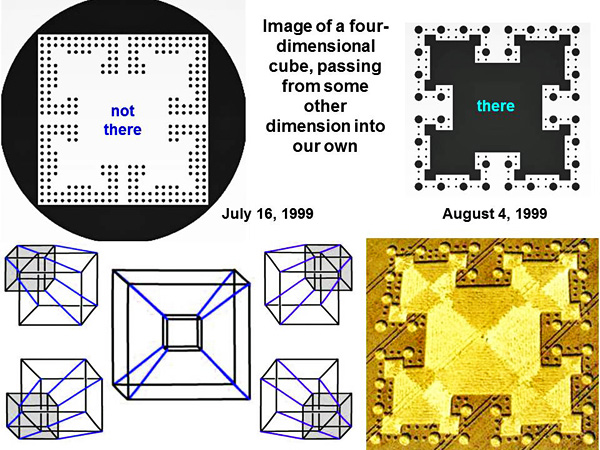

In inflation, the Universe undergoes a super-fast, exponential expansion very early on in its infancy, fractions of a second after the Big Bang. (The interested reader should consult Mary-Jane Rubenstein’s excellent book.) There are two main inspirations for the modern version of the Multiverse: Inflationary cosmology and superstring theory. Its roots are very old, dating back to Ancient Greece.

That was true, at least, until the advent of the Multiverse hypothesis in recent cosmology. Religion may inspire a number of scientists, but it is no longer part of the scientific discourse. The trend continued with force for 300 years, and now most people accept a clear separation between the two.

The very success of the science that emerged during the 17th and 18th centuries - Newtonian mechanics and gravity, optics, chemistry, and so on - created a distance between science and religion. In this case, since the Universe exists, and since science cannot explain the Universe, only God can explain the Universe. He is invoking the God-of-the-Gaps argument, where gaps in scientific knowledge serve as proof of God’s existence. But Leibniz is pushing this to include supernatural explanations as well. Yes, we can explain clouds, and atoms, and rainbows, and the composition of Jupiter’s atmosphere, using materialistic arguments. Number 1 is questionable, because “everything” is too strong a quality. But the only obviously correct statement in Leibniz’s line of reasoning is number 3: The Universe exists. Therefore, the explanation of the Universe’s existence is God.īy this logic, obviously, God exists. If the Universe has an explanation of its existence, that explanation is God.Ĥ. Everything that exists has an explanation of its existence.Ģ. In the late 17 th century, the German philosopher Gottfried Leibniz said, “The first question that should rightly be asked is, ‘Why is there something rather than nothing?’” Leibniz was turning to this question to prove the existence of God.


 0 kommentar(er)
0 kommentar(er)
